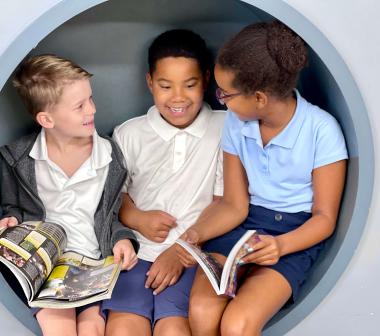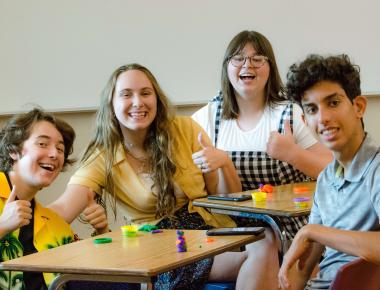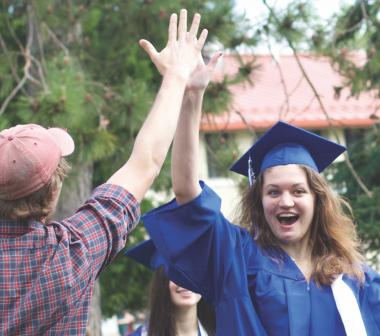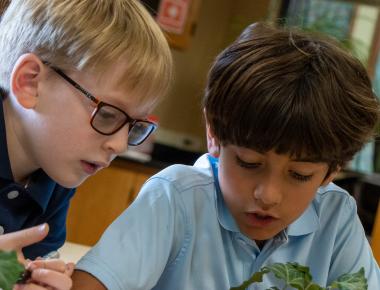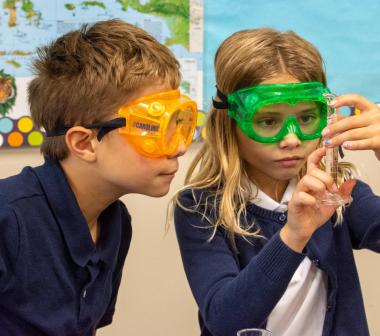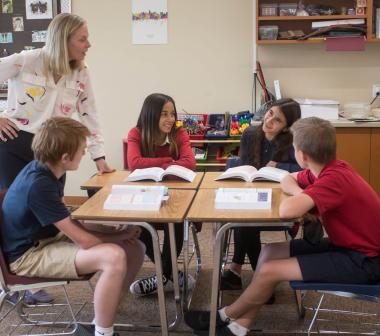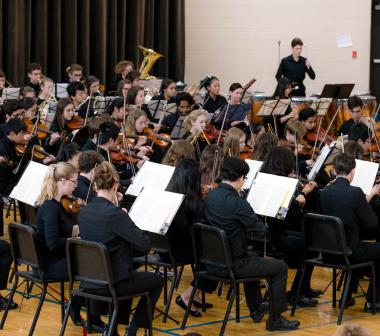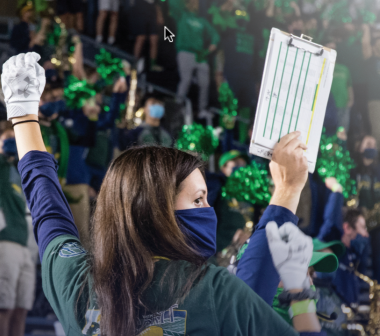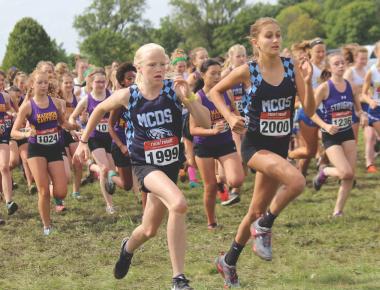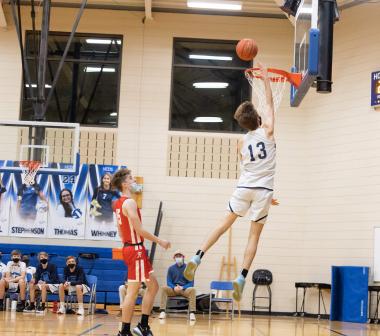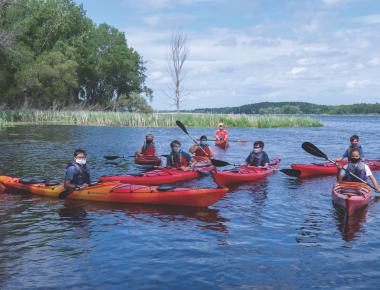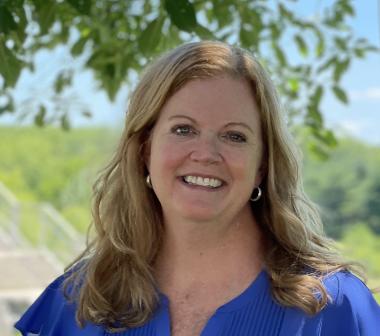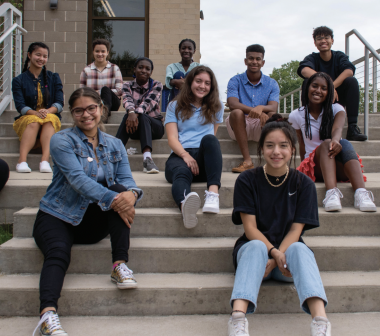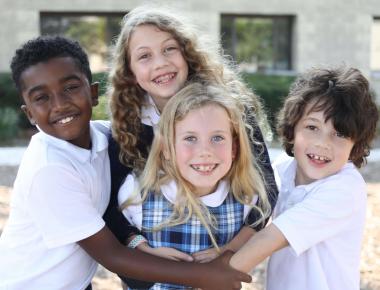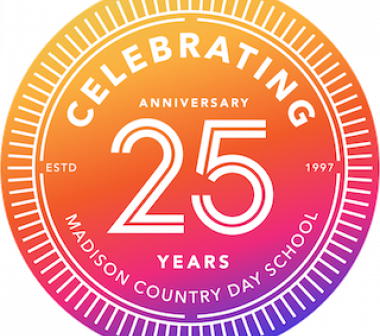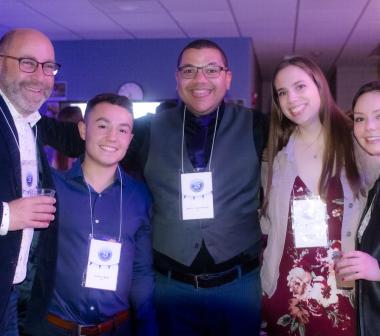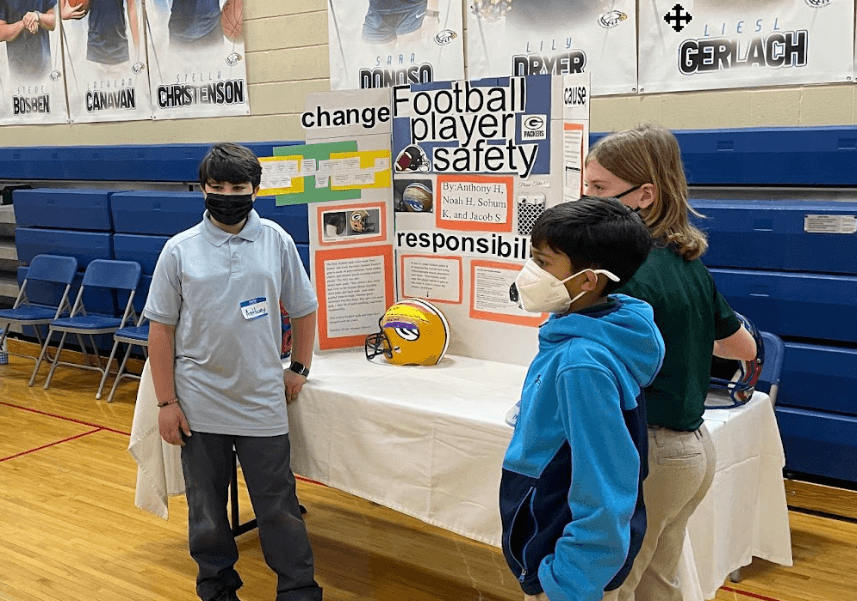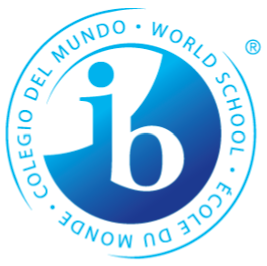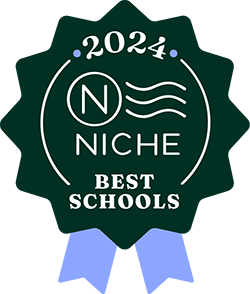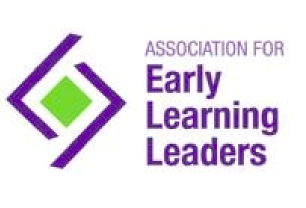Lower School
Grade 4
In fourth grade, students round out their last year in the lower school with a focus on creating a caring community where students feel respected and safe to take risks in their learning. Students learn about defending answers respectfully and listening to others with good intentions. New systems for homework are introduced, in preparation for their entry to middle school. Students apply higher level thinking skills such as analysis, synthesis, and evaluation to language arts. In science students practice analyzing data to formulate conclusions to experiments. In math students develop an in-depth understanding of concepts and give special attention to the reasoning and process of solving mathematical problems.
Fourth Grade Curriculum:
Language Arts
We use a Reader’s and Writer’s workshop model to facilitate learning for literature. We believe good writing is grounded with great examples in famous literature. Students are challenged to explore, understand, and debate ideas within the text. We deal with complicated issues with race, migration, war, economic differences, democracy while reading and discussing literature as a whole class, in small groups, between partner pairs, and through individual reading responses. Students apply higher level thinking skills such as analysis, synthesis, and evaluation. Students who write in their Writer’s Notebook daily are using the writing process to produce final pieces in the genres of small moment, research paper, poetry, and fantasy. We also learn about mind mapping and note taking. Students engage in regular spelling, vocabulary, and grammar studies, and apply these skills to their writing.
Math
Topics covered this year in the Singapore Math program include numbers to one million, factors and multiples, fractions, parallel and perpendicular lines, area and perimeter, computation and use of decimals, volume of solids, and extensive practice with multi-step word problems. As a part of the Singapore curriculum, students develop an in-depth understanding of these math concepts and give special attention to the reasoning and process of solving mathematical problems. Students develop an understanding of 3 phases: 1) Hands-on objects Stage 2: Pictures Stage 3: Written symbols. We bridge between showing examples and visualizing our work to scaffold students going on into Middle School. We require students to not only have the correct arithmetic, we also require them to model and explain their mathematical thinking. We utilize an acronym called DEL/S (Diagram, Equation, and Label/Sentence) to every number story/word problem. The acronym serves to remind students what is expected of them on every assignment. A student showing the right numerical answer would only get partial points. We encourage students to show and explain their understanding through a visual. Labeling the correct unit of measure with a sentence are also encouraged in 4th grade.
History and Geography
Students study map skills, American history (from the colonies through the first seven Presidents). Many of our units build upon one another, allowing students to identify cause and effect and to see how historical events are related to one another. Students increase their background knowledge through reading and discussing with interesting articles from Kids Discover and The Week Jr. They engage in a range of projects that aid in understanding and application of map making, to interviewing a president, to creating a digital presentation. We take careful time to build proper research skills during HG. We look at both primary and secondary resources, we think critically about trustworthy websites, and we learn about useful text features in research writing. Critical text features include but are not limited to table of contents, bibliography, images, and quotations. Our goal is to build a strong foundation of critical thinking to ensure success for our 4th graders in the Middle Years Programme.
Art
Students learn approaches to design and figure drawing and make independent drawings from graphics and sight observation. The year includes a section on art history as students study M.C. Escher and optical art, Japanese art, and Gothic cathedrals. Topics and activities coordinate with other class subjects, particularly history and geography. Students participate in a Faith Ringgold quilt-making study along with a self portrait.
Music
Students begin a broad introduction to the Romantic era and American Jazz in music history, styles and forms of music, by studying composers and listening to many musical examples. Choir class offers students the opportunity to analyze music pieces, practice sight-singing and aural skills, and learn how to read from choral scores. Students prepare for twice yearly piano recitals, twice yearly choir/orchestra concerts.
Science
Students in fourth grade practice analyzing data to formulate conclusions to experiments. Students compare series and parallel circuits to discover the appropriate applications of each, designing experiments to test speeds of electric cars. Students use dissection microscopes to observe the development of zebrafish eggs. They then compare the reproduction and development of zebrafish to that of humans. Students develop models of the movements of waves using common tools, and then apply these movements to the use of waves in technology.
Spanish
The goal of the Spanish program is to grow in communicative competence. Fourth grade curriculum continues to build vocabulary and further develop sentence construction and verb conjugation. Topics include body parts and expressing pain, numbers, clothing, describing appearance and personality, describing the inside and outside of a house, chores, table settings and food, morning and evening activities, and occupations. Throughout the year, students discover various cultures and regions of the Spanish-speaking world.
Physical Education
The program emphasizes physical skills that can be applied in multiple sports situations. Through games and drills, students learn basic skill development, fine and gross motor movements, spatial awareness and basic strategy. Students develop confidence and motivation to participate in organized and individual physical activities while learning leadership, teamwork and good sportsmanship, all of which encourage lifelong fitness.



